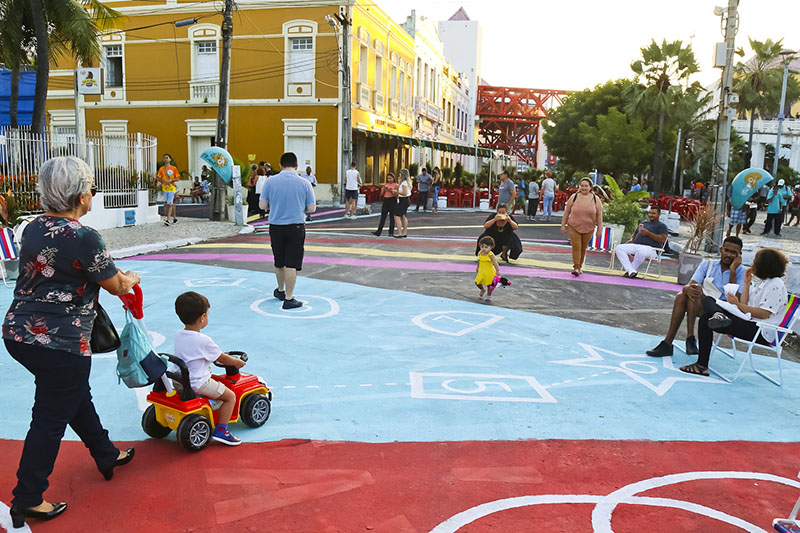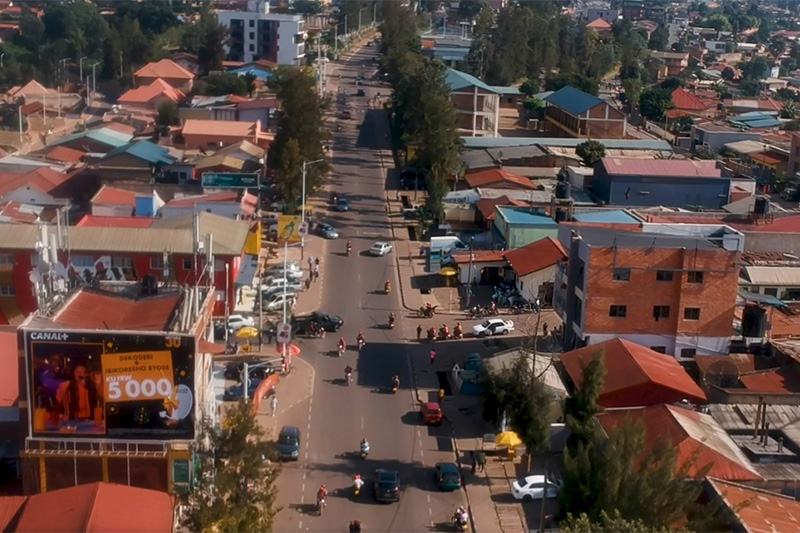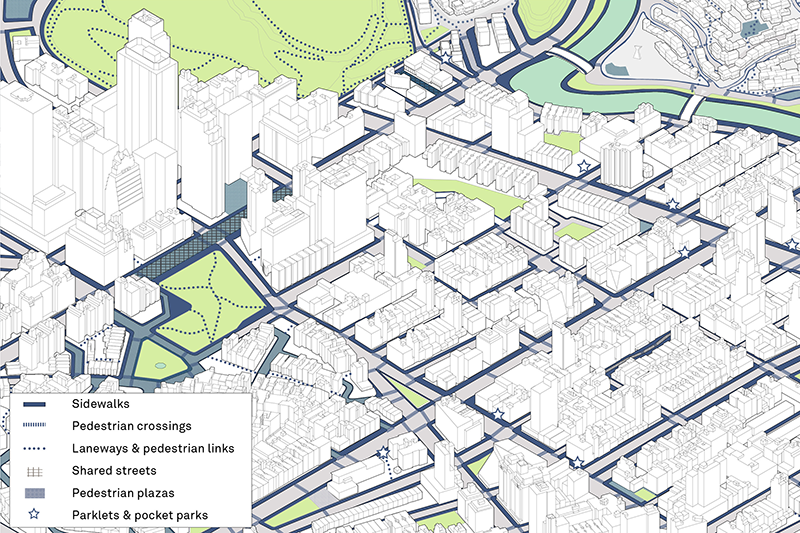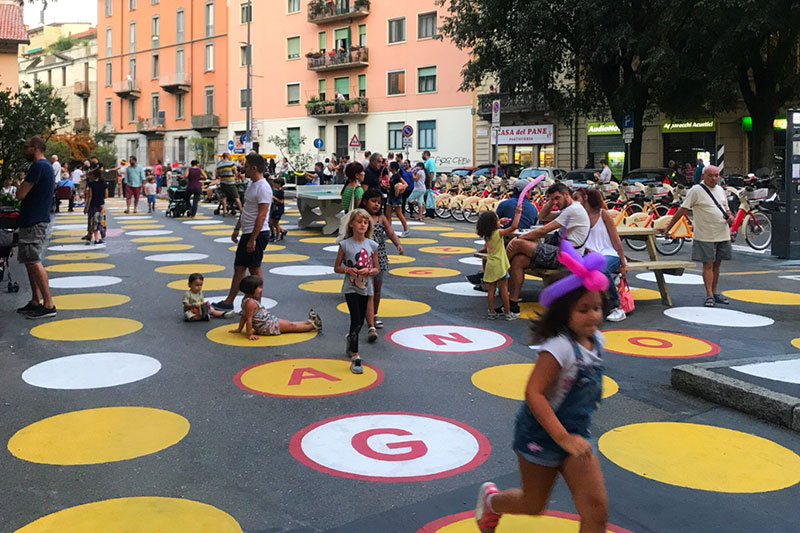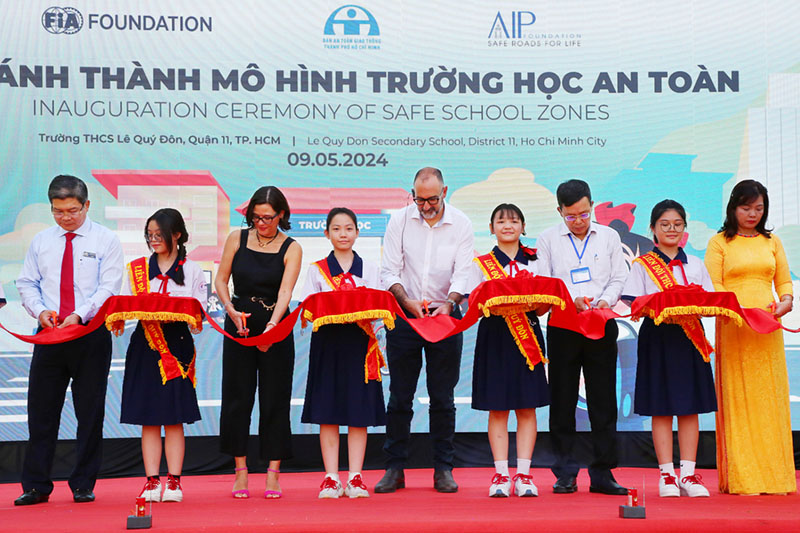Network of Brazilian cities launched to boost cycling and walking with key actions
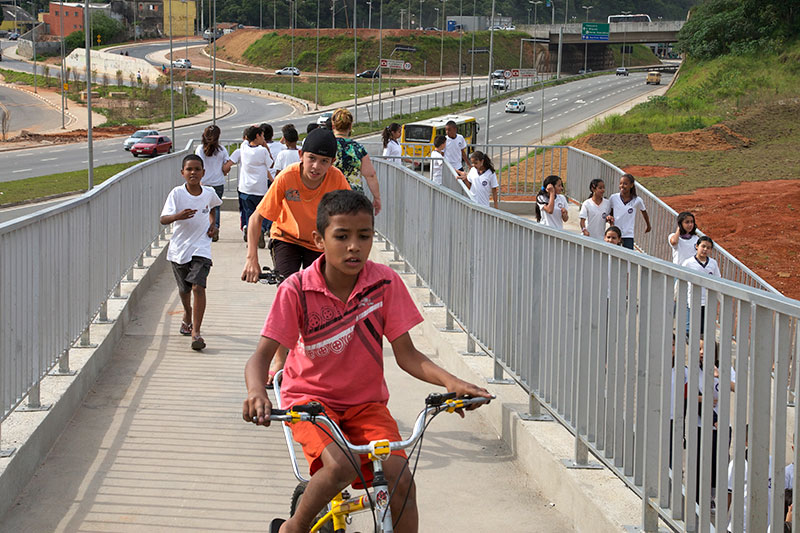
The FIA Foundation is supporting the development of transport policies that support walking and cycling in Brazil through its funding of the Share the Road programme, managed by UN Environment.
In April, 10 Brazilian cities (Niterói, Porto Alegre, João Pessoa, Campinas, Joinville, Salvador, São Paulo, Juiz de Fora, Recife e Fortaleza, and Distrito Federal) came together at the Meeting of Municipalities for Sustainable Development event in Brasilia to formally launch the National Network for Low Carbon Mobility. The purpose of the workshop was to build capacity for implementing policies, identifying funding and good practice. Around 70 participants, including decision makers at the local level (especially urban mobility and urban development specialists), city officials, academics, and international experts attended the workshop.
Carly Koinange, UN Environment programme lead for Share the Road, said: “We are very excited to be supporting this new cities network along with WRI Brazil, which has the potential to make walking and cycling safer and more accessible across the country. This is a key step in our work to prioritize the needs of pedestrians and cyclists in the Latin America region.”
At the event a new resource was launched which identifies 20 actions to stimulate more people to walk and cycle in Brazilian cities. Drawing on the insights from a task force representing government, nongovernmental organizations and other key decision makers it aims to answer the question: ‘How to stimulate more people to walk and cycle in Brazilian cities?’. The actions are hosted on a website which also classifies each action according its cost, extent and implementation time. The information contains multimedia resources including films of Janet Sadik-Khan setting out simple ways to redesigned cities for walking and cycling and measure the impact (action 7) and one US school’s experiences of creating a ‘walking bus’ (action 13).
Paula Santos, WRI Brazil mobility and accessibility coordinator, who launched the guide, said
“The website shares information to guide cities towards becoming more sustainable; where people can walk and cycle safely. These actions address urgent issues that Brazilian cities are facing regarding active mobility, while establishing important pillars for sustainable mobility in the future. They also integrate global trends into the ongoing work that federal and municipal governments are already involved in.”
The resource can be viewed here (in Portugese)
The 20 actions are:
Municipal actions
- Identify and intervene in inner-city and low-income areas
- Draw up an active transport master plan
- Create an active transport department
- Reduce the speed limit of motor vehicles
- Determine and use methods of counting flows
- Establish a transparency policy
- Perform before and after studies
- Involve the population to improve oversight
- Regulate the sidewalks and public spaces according to the time and place
- Create tools to encourage of active façades
- Make public the management of the main sidewalks
- Allocate specific public resources for active transport
- Include transport on foot and by bicycle in the school transport law
- Implement leisure cycle lanes and open streets
- Deploy specific signaling for active transport
- Promote joint programs with areas of health, education, economy and environment
National actions
- Prepare and make available manuals
- Support municipal incentive programs
- Foster research and involve academia
- Establish federal funding for active transportation
